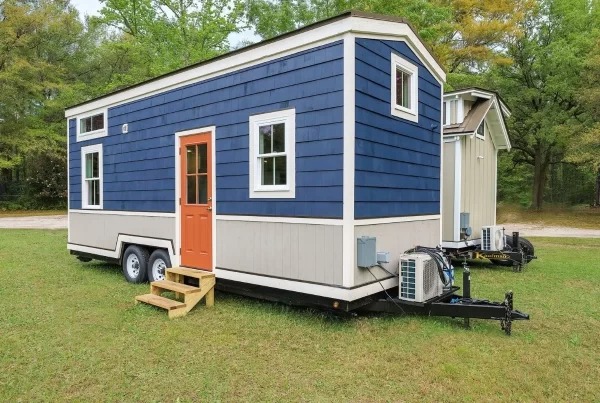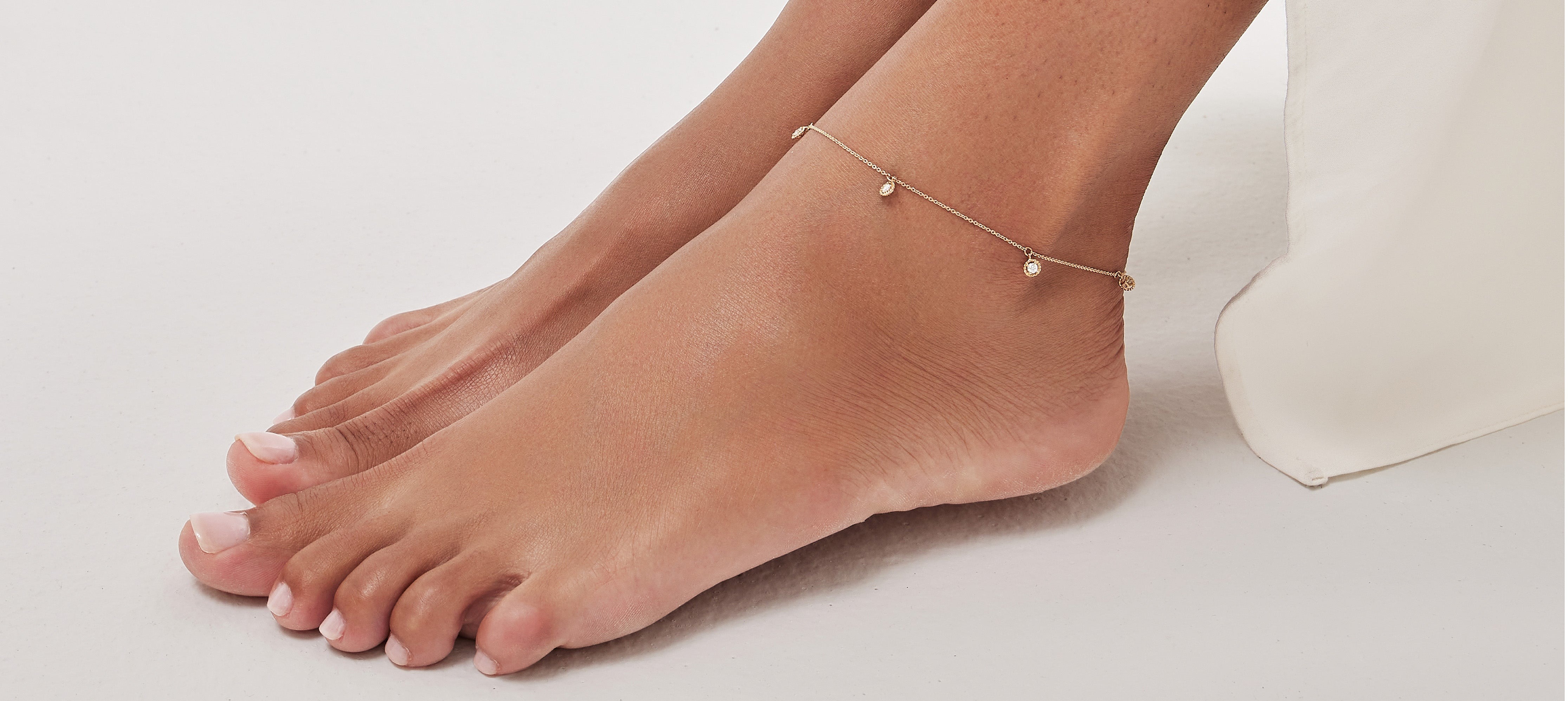 Link Insertions on Real Blogs – Quick Wins for Better Rankings!
Link Insertions on Real Blogs – Quick Wins for Better Rankings!
How To Install Shower Drain Plumbing
Written by qejjy » Updated on: March 27th, 2025

Embarking on a bathroom renovation or installing a new shower can feel daunting, but tackling the shower drain plumbing yourself is a surprisingly achievable task with the right knowledge and preparation. This comprehensive guide will walk you through the process, ensuring a leak-free and smoothly functioning shower for years to come. Explore more on how to install shower drain plumbing
Gathering Your Arsenal: Tools and Materials
Before you even think about touching a pipe, gather all the necessary tools and materials. This will save you countless trips back and forth to the hardware store. You'll likely need:
New shower drain assembly (ensure it's compatible with your shower base material)
PVC or ABS primer and cement (matching your existing plumbing)
Measuring tape
Pencil or marker
Hacksaw or PVC/ABS cutter
Adjustable wrench
Channel-lock pliers
Safety glasses
Gloves
Rags or paper towels
Level
Plumber's putty or silicone sealant
Laying the Groundwork: Preparation is Key
Proper preparation is crucial for a successful installation. Start by turning off the main water supply to your house. This is non-negotiable! Next, if you're replacing an existing drain, carefully remove the old shower base or access the plumbing from below if possible. Clean the area around the existing drain pipe, removing any debris or old sealant.
If you're installing a new shower, ensure the drain opening in the shower base aligns perfectly with the existing drain pipe in the floor. You might need to adjust the subfloor opening slightly to achieve this. Always consult the manufacturer's instructions for your specific shower base and drain assembly.
Connecting the Dots: The Plumbing Process
Now for the heart of the operation: connecting the new drain.
Dry Fitting First
Before applying any primer or cement, perform a dry fit. This involves assembling the drain components without any adhesive to ensure everything lines up correctly. Insert the drain body into the shower base opening. From underneath, slide the rubber gasket and then the clamping flange onto the drain pipe. Hand-tighten the clamping screws or nuts.
Ensuring a Watertight Seal
The seal between the drain flange and the shower base is critical for preventing leaks. 1 Apply a generous bead of plumber's putty or silicone sealant around the underside of the drain flange where it will meet the shower base. Press the drain firmly into the opening, ensuring even contact with the sealant.
Making the Connection
With the drain body securely in place, it's time to connect it to the existing drain pipe. Mark the drain pipe where it needs to be cut to fit properly into the new drain assembly. Use your hacksaw or PVC/ABS cutter to make a clean, straight cut. Deburr the cut edge with a utility knife or sandpaper.
Now, apply PVC or ABS primer to both the inside of the new drain fitting and the outside of the existing drain pipe. Immediately follow with the appropriate cement, applying it evenly to both surfaces. Quickly slide the new drain fitting onto the existing pipe, twisting slightly to ensure a good bond. Hold the connection firmly for the recommended time specified on the cement can.
Securing the Drain Assembly
Tighten the clamping screws or nuts on the drain assembly from underneath. This will compress the rubber gasket against the shower base, creating a watertight seal. Don't overtighten, as this could crack the shower base. Aim for a snug fit.
The Final Touches: Testing and Cleanup
Once the cement has fully cured (allow ample time as per the manufacturer's instructions), it's time to test for leaks. Carefully plug the drain opening and slowly fill the shower base with a few inches of water. Observe the connections underneath for any signs of drips or moisture. If you find a leak, drain the water, allow the area to dry completely, and re-examine your connections. You may need to apply more sealant or re-do a pipe connection.
If no leaks are detected, congratulations! You've successfully installed your shower drain plumbing. Now, remove the plug and ensure water drains freely. Clean up your work area, disposing of any leftover materials properly.
Conclusion
Installing shower drain plumbing might seem intimidating at first, but by following these steps carefully and taking your time, you can confidently complete this project yourself. Remember the importance of proper preparation, accurate measurements, and secure connections to ensure a leak-free and long-lasting shower. With your new drain in place, you're one step closer to enjoying your refreshed bathroom.
Note: IndiBlogHub features both user-submitted and editorial content. We do not verify third-party contributions. Read our Disclaimer and Privacy Policyfor details.
Copyright © 2019-2025 IndiBlogHub.com. All rights reserved. Hosted on DigitalOcean for fast, reliable performance.













